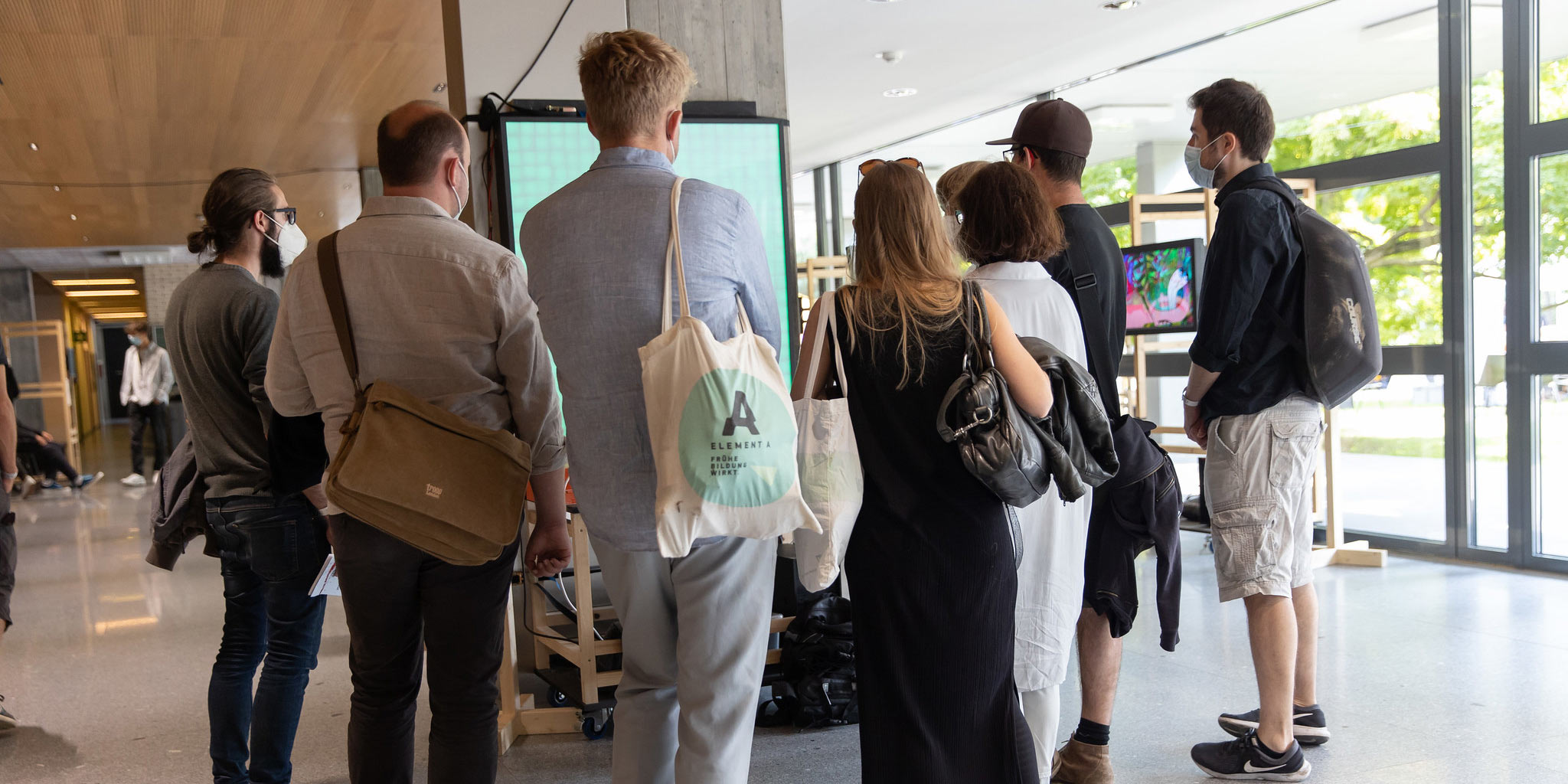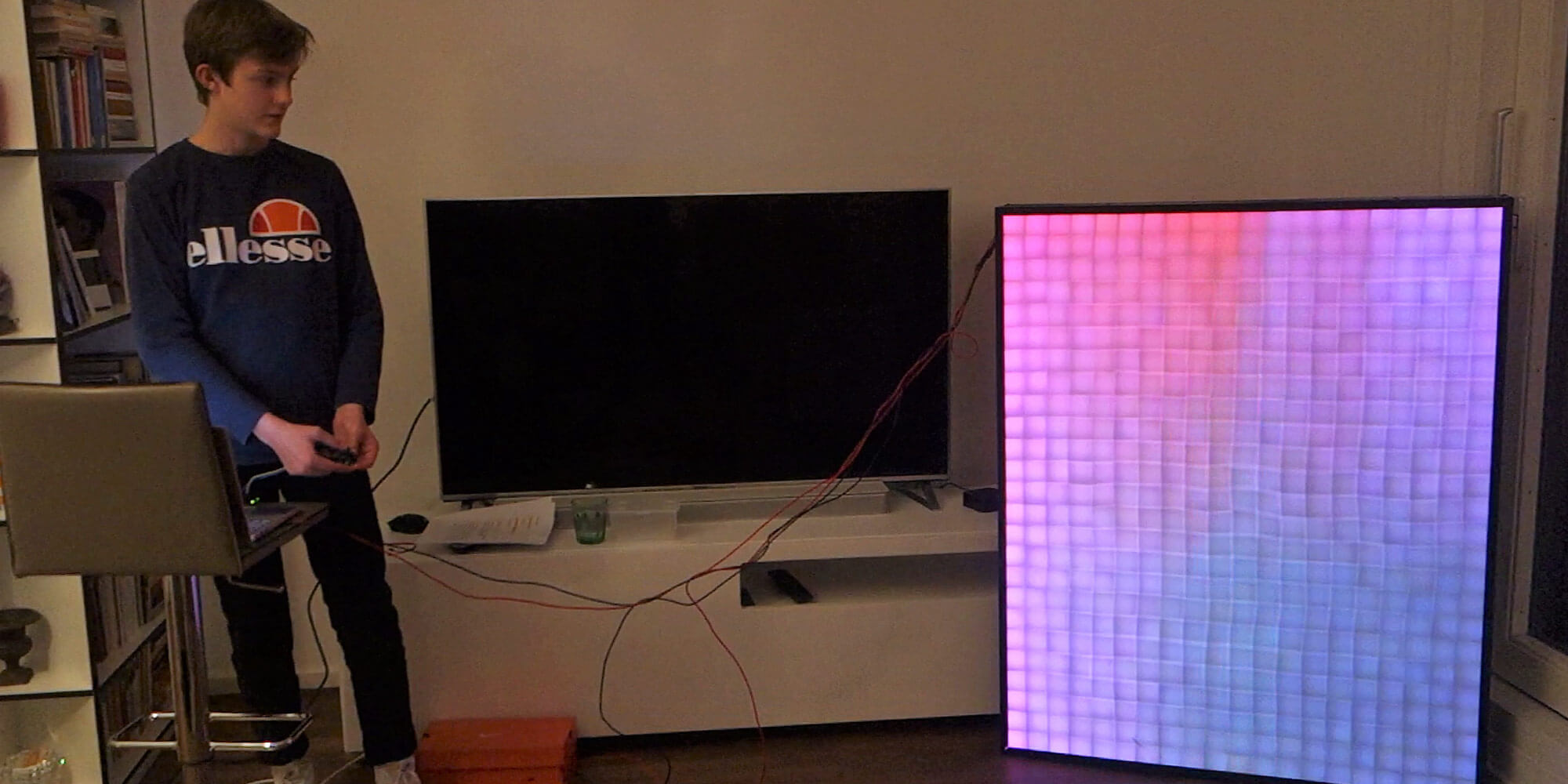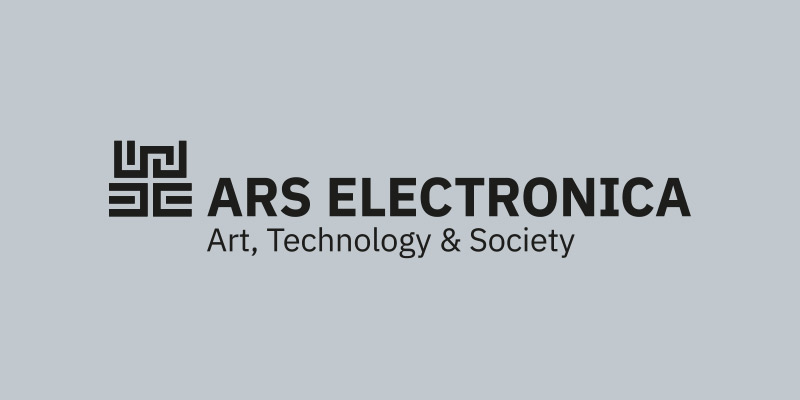The project digital mirror is a LED wall consisting of 500 pixels. It measures 1 meter x 1.25 meters and is about 13 centimeters deep. Each pixel is 5 x 5 centimeters in size. The wall is powered by a power supply and an Arduino Uno. It is interactive, which means that the patterns and color on the wall can be changed with different influences. With a 20 x 25 pixel resolution, you can project images, patterns and more. The name of the project comes from the fact that you can control the 500 pixels with environmental influences, for example with an audio sensor or music playing on the computer.
Michael built the wall himself, it consists of 500 LED lights, which can be controlled individually, and of two wooden plates, four strips and a plastic plate, which is milky transparent, so that the light of the LED lamps is scattered. The wall was programmed in two “languages”: Arduino (C++) and Processing (Java). Arduino is the language that directly controls the wall, and the Arduino is used to calculate a pattern so that you know which LED needs to be what color and when so that an animated pattern can be created. Processing, on the other hand, runs directly on the computer that is plugged into the Arduino. It can convert influences such as the webcam, an image stored on the computer, or music into values that can then be sent to the Arduino. These values influence the pattern or result in an image on the wall. Michael Zaminers project shows how 500 LEDs can be turned into a real screen and how there are no limits to artistic design.
digital mirror received the Young Creatives Prize in the u14-create your world category at the Prix Ars Electronica 2021.






